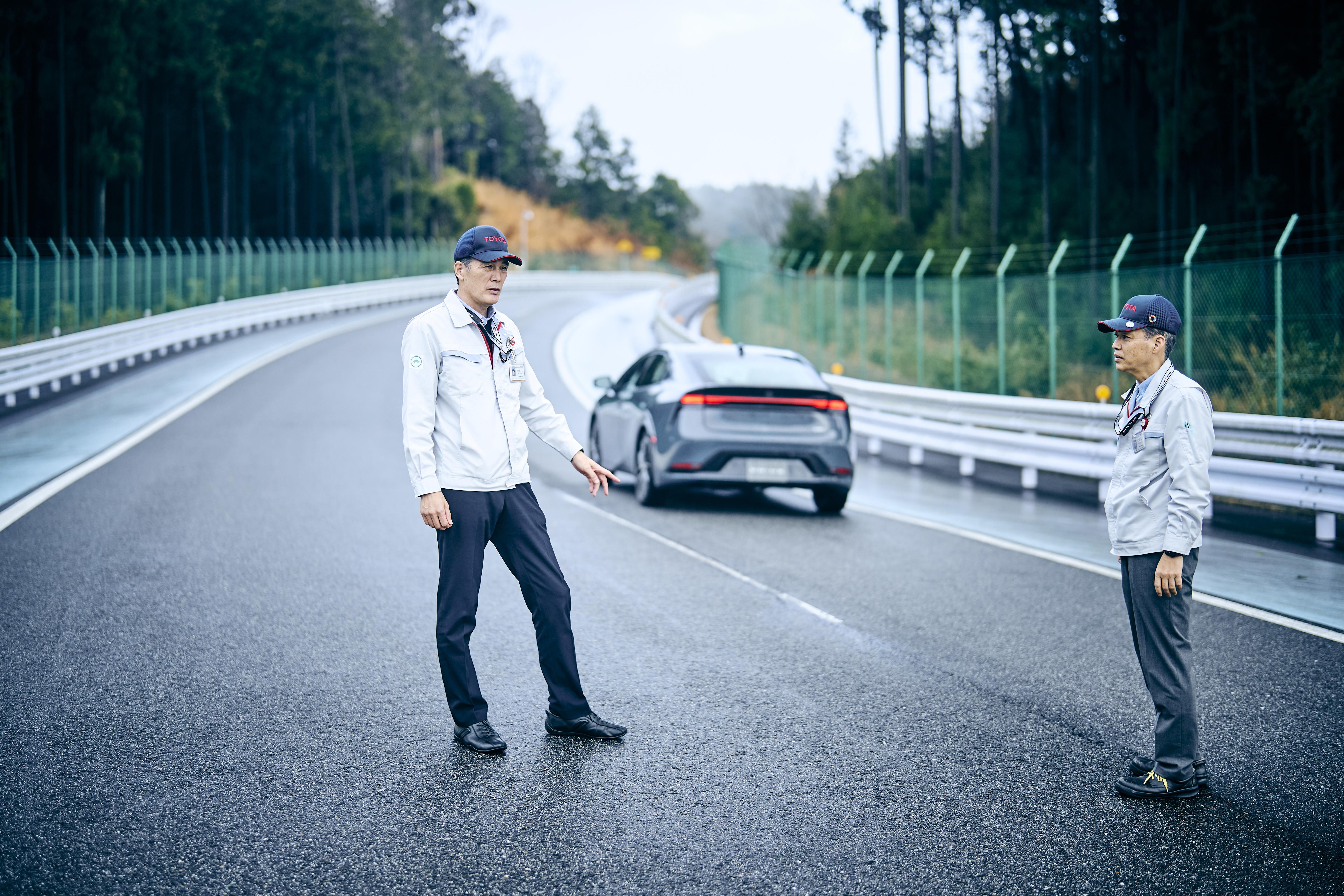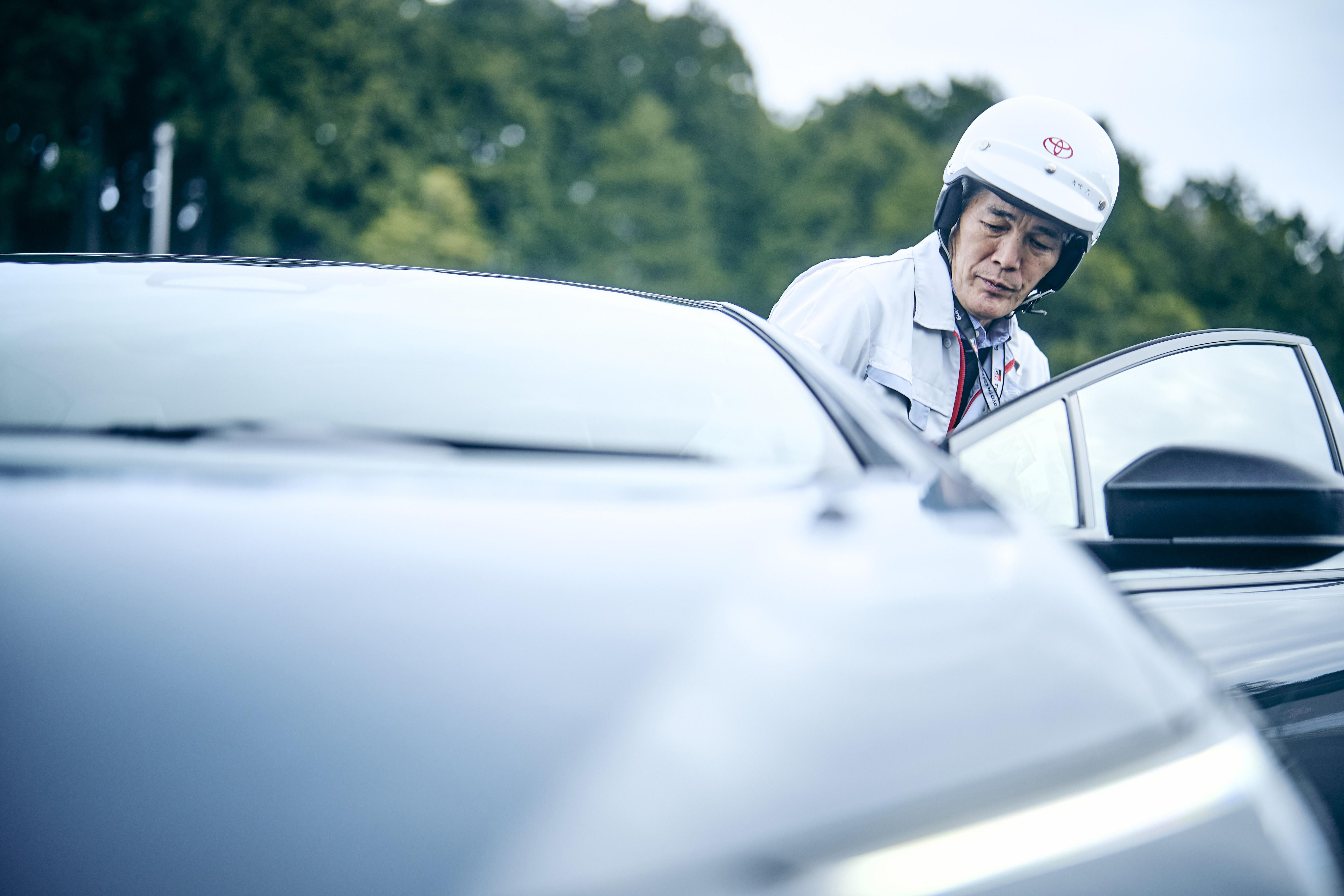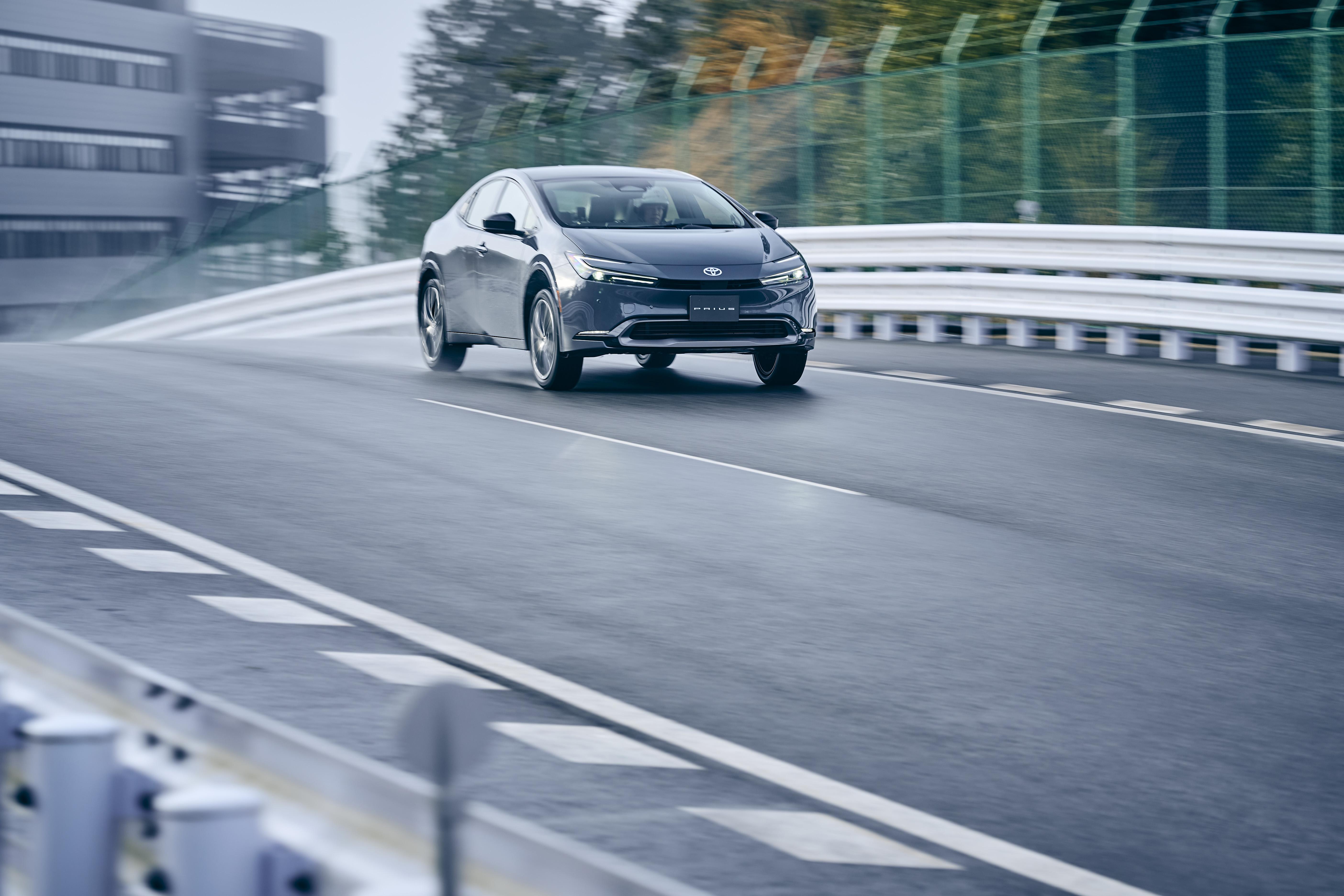
Part of an ongoing feature dissecting the Advanced Technical Skills Institute Division, a key facility for making ever-better cars, this article delves into the unquantifiable factor of driving feel.
Do a GR86 and Land Cruiser really drive the same?
The conversation turned to Toyota’s unique driving feel, spurring an obvious question: doesn’t a compact car drive differently from a sports car? Yabuki explained.
Yabuki
The feel of a Toyota is the same whether you’re driving a Yaris, 86, or a commercial vehicle. At its core is the “Confident & Natural” concept.
A vehicle should respond consistently to instill confidence and feel natural to control. That’s the idea behind our human-centered carmaking.
People drive by rhythm, so a good car will match your sensitivity. Whether it's a Land Cruiser or the 86, the wheel and pedals operate with the same pleasing rhythm.
When the trunk is solid, you can tweak the experience with the branches and leaves. For example, making a sports car sound good.

So how will the push towards electrification and autonomous driving affect the work of test drivers? To begin with, Osaka feels positive about the prospects of electrification.
Osaka
One feature of electric motors is that they are more responsive than engines. When you step on the gas or take your foot off, they respond well. That makes them a better match for human sensitivity, so I feel there is potential for creating cars that are easier to drive.
Yabuki chimes in about autonomous driving.
Yabuki
Whether the driving is autonomous or not, it is still human beings on board. Autonomous cars still need to move in a way that doesn’t cause people discomfort.
When a machine turns the wheel or steps on the brakes, the effects are felt by people, which is why I think the job of assessing cars based on human sensibilities will continue to be vital.
In the age of electrification and autonomous driving, the role of test drivers may gain even greater importance.
A hair-raising track in the mountains of Toyota City

Yabuki jumped behind the wheel of the new Prius to show our team around the Third Circuit (aka Country Road) at Toyota Technical Center Shimoyama.
Located some 30 minutes by car from Toyota’s headquarters in Toyota City, the Shimoyama site covers an area equal to First to be completed in 2019 was the 5.3 km Third Circuit, with an elevation difference of 75 meters.
The course design drew heavily on the expertise of Yabuki, who is well-versed in Germany’s Nürburgring. Even from the passenger seat, the degree of difficulty is plain to see.
For example, many corners seem gentle, drawing drivers in at full speed before gradually tightening. Yabuki explained what they were aiming for with the course layout.
Yabuki
As you round the corner, you need to turn the wheel further and further. We want to check whether the car behaves as expected under this additional steering, and not many test courses make that possible.
Accelerating up a straight incline, the road suddenly dips, and the car seems to float through the air.


Yabuki
There are seven spots where, with a bit of speed, you will get airborne.
We have also built in undulations that temporarily take the load off the car, and other places that exert vertical forces not found on regular roads. This course is quite demanding on the cars.

